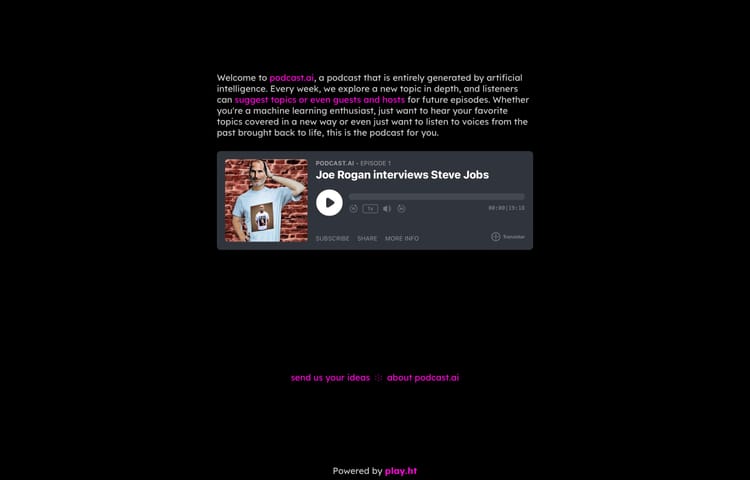Blogging as a social network

Contents
If you’d like a weekly email in your inbox, please join the newsletter by entering your email address below.
By subscribing, you agree with Revue’s Terms and Privacy Policy.
People who use social networks such as Facebook, Twitter, Instagram etc., are always complaining about many issues. For instance, battling algorithms, dealing with trolls and hate speech etc. Social media has a lot of good, but there is also a lot of bad too.
Blogging is usually seen as a space for website owners or companies to express themselves and educate their readers. A lot of blogs don’t usually connect to services that allow for comments, followers or shares. However, when you pair WordPress with JetPack, you can create your own social network.
Right now, my readers are free to comment, and they’re also free to like, share and follow. It’s pretty much the basics of a social network, but the website owner controls the moderation. They are in control of how they want to lead their readers.
This is all done through the JetPack plugin and ecosystem. Without JetPack, my blog would have a lot more limits. This is fine if you don’t want any social experiences on your website. However, I think it’s a great addon and can offer more to my readers.
There are also web tools such as Web Mentions and federated networks using ActivityPub.
What are Web Mentions?
Web Mentions are a fairly new feature for websites. It’s an open web standard for mentions and conversations across the web, a powerful building block used for a growing federated network of comments, likes, reposts, and other rich interactions across the decentralized social web.
When you link to a website, you can send it a Webmention to notify it. If it supports Webmentions, then that website may display your post as a comment, like, or other response, and presto, you’re having a conversation from one site to another! Click here to learn more.
What is ActivityPub?
ActivityPub is similar to WebMentions, but it can publish your posts to federated networks such as Mastodon and more. People can then read, like, and comment on your website’s activity. The comments and likes are then pushed back to your website, and it’s a really nice push/pull of data. Click here to learn more.
Conclusion
Both work in a very similar way, but WebMentions can link to Twitter which I don’t think you can do with ActivityPub. However, ActivityPub opens your website data to a lot more open networks.
You still have control over what comments are allowed on your website, and you are open to moderate all comments that come back. This also allows for more potential readers as it opens your website up to the more social activity.
I have experimented with ActivityPub in the past using a WordPress plugin, and the experience was fairly nice. I haven’t used Web Mentions, but I have heard great thing about this too. Again, you can get Web Mentions set up with a WordPress plugin.
Have you used any of these tools? Are you open to having the social addons on your website/blog? Sound off in the comments below.




Member discussion